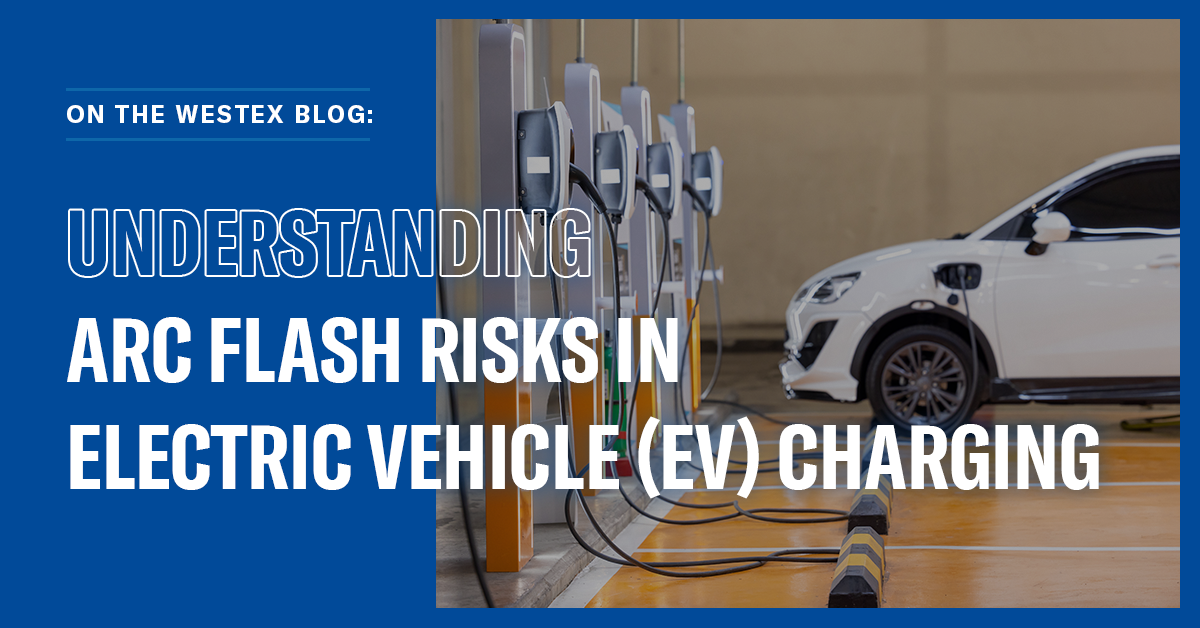
Why Proper Layering Can Save Your Life: A Guide to Arc Flash Protection
02 Nov 2024
Imagine waking up one day, thinking it’s just another routine morning, only to find yourself in a nightmare caused by an arc flash fire that changes your life forever. Brandon Schrader’s story is a harrowing reminder that even when we think we are doing everything right, things can still go catastrophically wrong.
Brandon, like many of us, believed that his experience and routine would protect him. But on August 24, 2011, a split-second decision to forgo his arc flash suit and safety gear led to an arc flash fire that burned 16% of his body and nearly cost him his life. The physical pain was immense, but the emotional and psychological scars ran even deeper.
**Brandon’s experience underscores a critical truth: safety isn’t just common sense; it’s a deliberate, continuous practice that requires vigilance and, most importantly, the right equipment. **
One of the most effective strategies for ensuring safety is the proper layering of Flame-Resistant (FR) and Arc-Rated (AR) clothing. Layering involves wearing multiple layers of FR/AR clothing to increase protection against arc flash incidents. Each layer adds an additional barrier, enhancing the overall arc rating and providing better insulation against heat and flames.
In this guide, we’ll discuss the essential components of arc flash protection, focusing on the importance of layering FR/AR fabrics. We’ll provide insights to ensure you’re fully protected, because, as Brandon’s story teaches us, covering all your bases isn’t only about following procedures—it’s about equipping yourself with the right gear.
Your Guide to Layering for Optimal Arc Flash Protection
Here’s what you need to know to help you select and layer the right arc flash PPE.
The Foundation of Safety - FR/AR Daily Wear
Preparation for an arc flash incident starts with the right daily wear. FR/AR clothing is your last line of defense, providing a critical barrier against severe burns and injuries.
This protective fabric serves two key roles in shielding electrical workers against burns:
-
Self-Extinguishing Properties: Stops burning when the ignition source is removed, reducing burn injuries.
-
Insulation: Provides a barrier to reduce heat transfer, lowering the risk of second-degree burns.
For everyday tasks (PPE Categories 1 and 2), FR/AR daily wear is the simplest and most effective solution. It ensures you’re always protected without needing to change into task-specific gear. Explore Westex FR/AR daily wear options to find the right gear for your needs.
Layering for Enhanced Protection
Layering FR apparel is a highly effective strategy for maximizing protection against arc flash incidents. Here’s why layering matters:
- Increased Protection: Multiple layers of FR clothing can provide higher arc ratings, offering better protection against severe burns.
- Versatility: Layering allows you to adjust your protection level based on the task and environmental conditions.
- Comfort and Flexibility: Proper layering can enhance comfort and mobility, making it easier to wear protective gear consistently.
Discover Westex solutions to enhance your protection and comfort on the job.
Matching PPE Arc Rating to Incident Energy
To ensure you’re adequately protected, it’s crucial to match your PPE’s arc rating to the incident energy or PPE category of the task at hand. Here’s how:
- Incident Energy Analysis Method: Calculate the incident energy of equipment using formulas or software. Once determined, select FR/AR PPE with an arc rating higher than the listed incident energy.
- PPE Category Method: Use tables to determine the likelihood of an arc flash and the required PPE category (Cat 1-4). The equipment label will indicate the necessary PPE category, ensuring you wear the right protection.
Learn more about Westex PPE solutions to match your arc rating needs.
Understanding ATPV and EBT
When selecting FR/AR clothing, it’s important to understand the differences between ATPV and EBT:
- ATPV (Arc Thermal Performance Value): Measures the fabric’s ability to protect against heat. A higher ATPV means better protection against burns.
- EBT (Energy Breakopen Threshold): Indicates the amount of energy that causes the fabric to break open. A higher EBT means greater resistance to fabric breakopen.
Find Westex fabrics with high ATPV and EBT ratings to ensure maximum protection.
Choosing the Right Fabric and Layering System
Selecting the right FR/AR clothing starts with choosing the right fabric and layering system. Here’s what to consider:
- Manufacturer’s History and Experience: Make sure that the FR fabric in your garment is manufactured by a credible supplier you trust—your safety depends on it.
- Comfort: Conduct wear trials to ensure the garments allow for movement and breathability. The best protection is only effective if it’s worn consistently.
- Climate Considerations: Choose fabrics suitable for your work environment—insulated products for colder climates and lightweight, single-layer constructions for hot and humid conditions.
- Layering Strategy: Combine base layers, mid-layers, and outer layers to achieve the desired level of protection and comfort. Ensure each layer is arc-rated and compatible with the others.
Explore Westex fabric options to find the perfect fit for your needs.
Implementing and Maintaining Your Safety Gear
Once you’ve selected the right FR/AR clothing and layering system, ensure its properly implemented and maintained:
- Regular Inspections: Check your gear regularly for wear and tear.
- Proper Storage: Store your FR/AR clothing in a clean, dry place.
- Training: Ensure all employees are trained on the importance of wearing and maintaining their FR/AR gear.
By following these steps and using the strategy of layering FR apparel, you can significantly reduce the risk of injury and ensure you go home safely to your loved ones. Stay vigilant, stay protected, and remember—safety is not just common sense; it’s a continuous practice.


